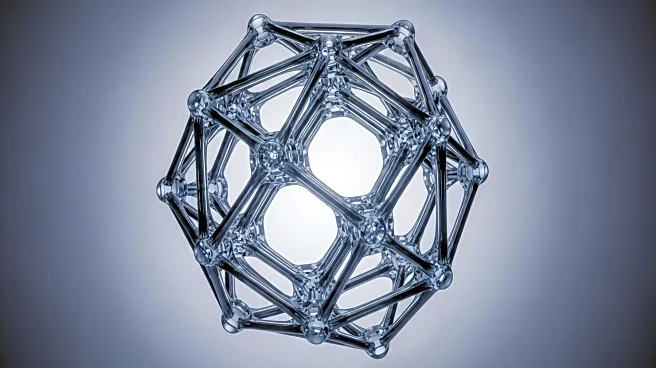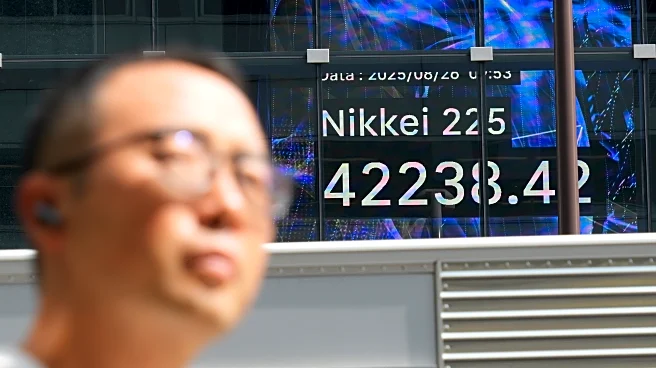What's Happening?
Researchers from Japan have successfully observed the anomalous Hall effect (AHE) in a nonmagnetic material for the first time. This discovery was made using high-quality Cd3As2 thin films, a Dirac semimetal, under an in-plane magnetic field. The team, led by Associate Professor Masaki Uchida from the Institute of Science Tokyo, modulated the material's band structure to isolate the AHE, tracing its origin to orbital magnetization rather than spin. This challenges long-held assumptions in condensed matter physics. The AHE, first noted in magnetic materials, has been a subject of debate among physicists regarding its true nature. The study, published in Physical Review Letters, provides experimental confirmation of theoretical predictions that AHE can occur in nonmagnetic materials.
Why It's Important?
The observation of AHE in nonmagnetic materials opens new avenues for research and technology development. Understanding the AHE in more detail could lead to advancements in electron property exploration based on orbital magnetization. This breakthrough has the potential to enhance the efficiency and operational conditions of Hall sensors and other devices that exploit AHE. The findings challenge existing assumptions about Hall effects and could catalyze both basic and applied research, paving the way for next-generation devices that leverage these phenomena.
What's Next?
Future research may focus on applying the approach used in this study to other materials beyond Dirac semimetals. This could lead to the development of new technologies and devices that utilize the AHE in nonmagnetic materials. The study's insights into orbital magnetization could inspire further exploration into electron properties, potentially impacting various fields of condensed matter physics and material science.














